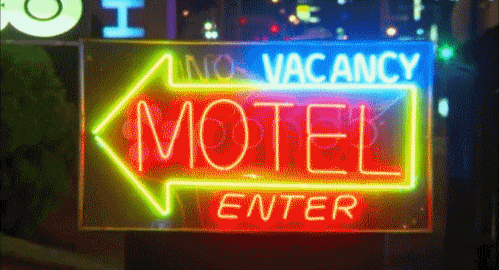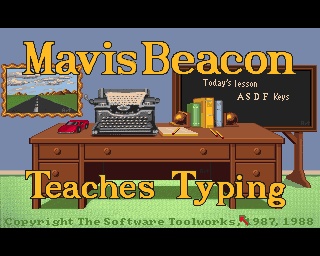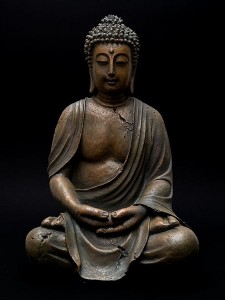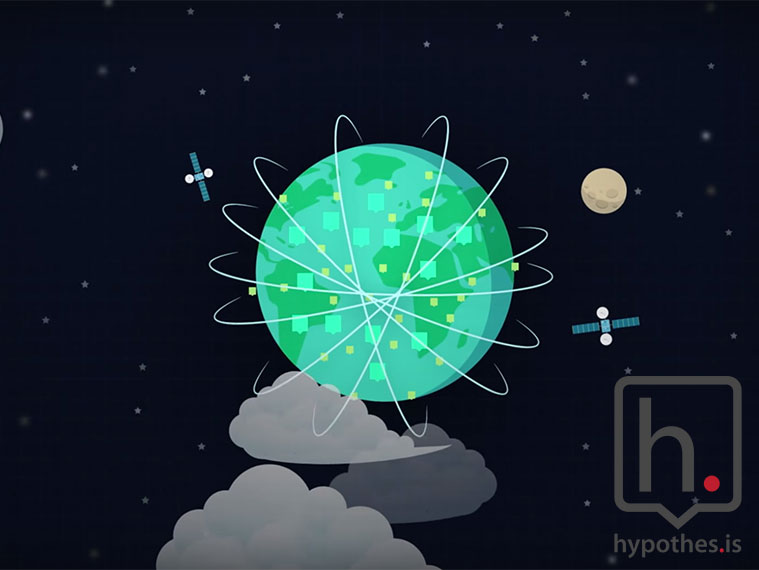That composition made it seem a little like the JSTOR team had their thumb on the scale–especially as they told us they anticipated a lot of similarities in the second round of brainstorming.
We invited lots of UT folks, but this was who actually came. The JSTOR team definitely didn't want to outnumber other participants--they'd already been through the exercise themselves. But it's true the composition was not ideal.












